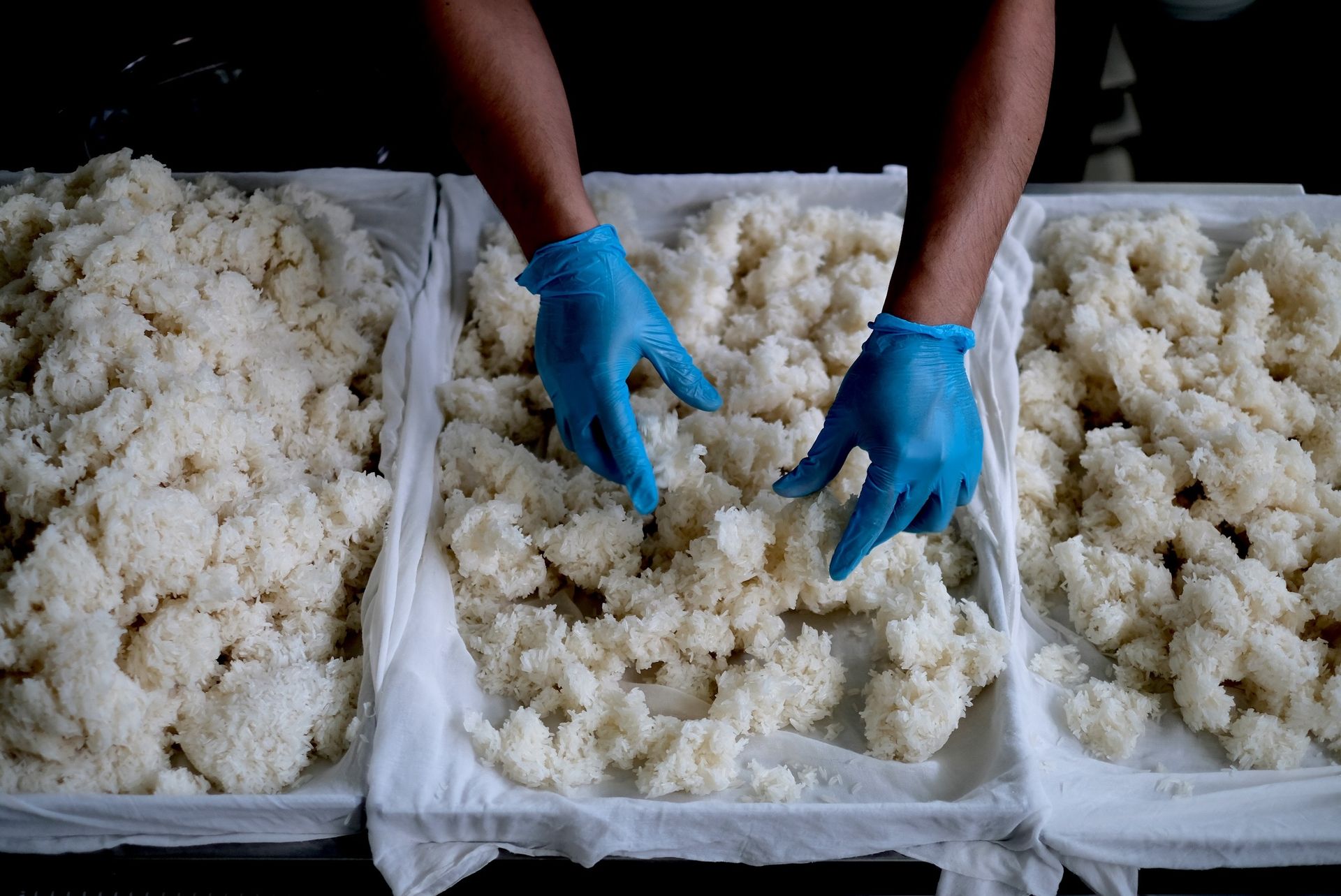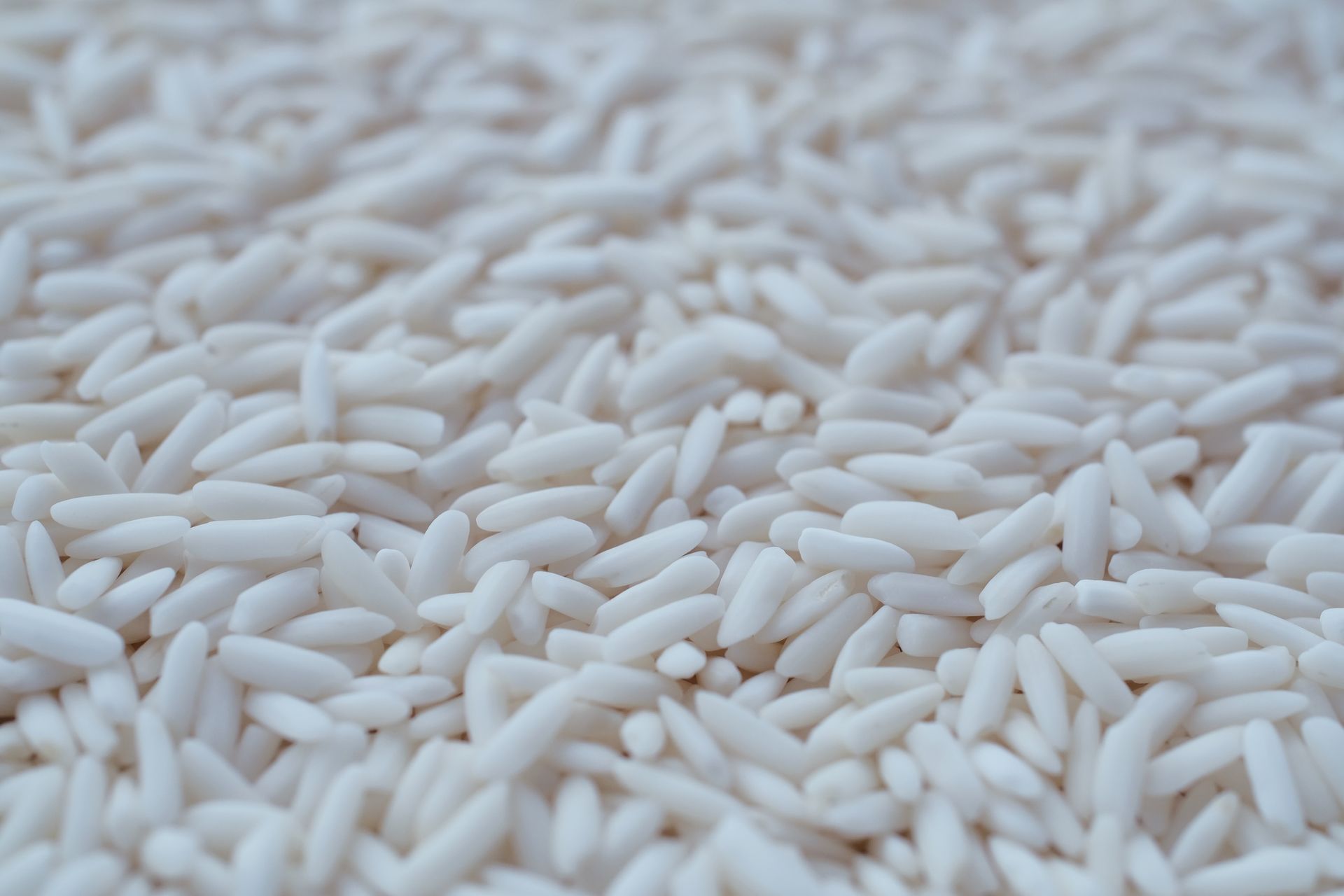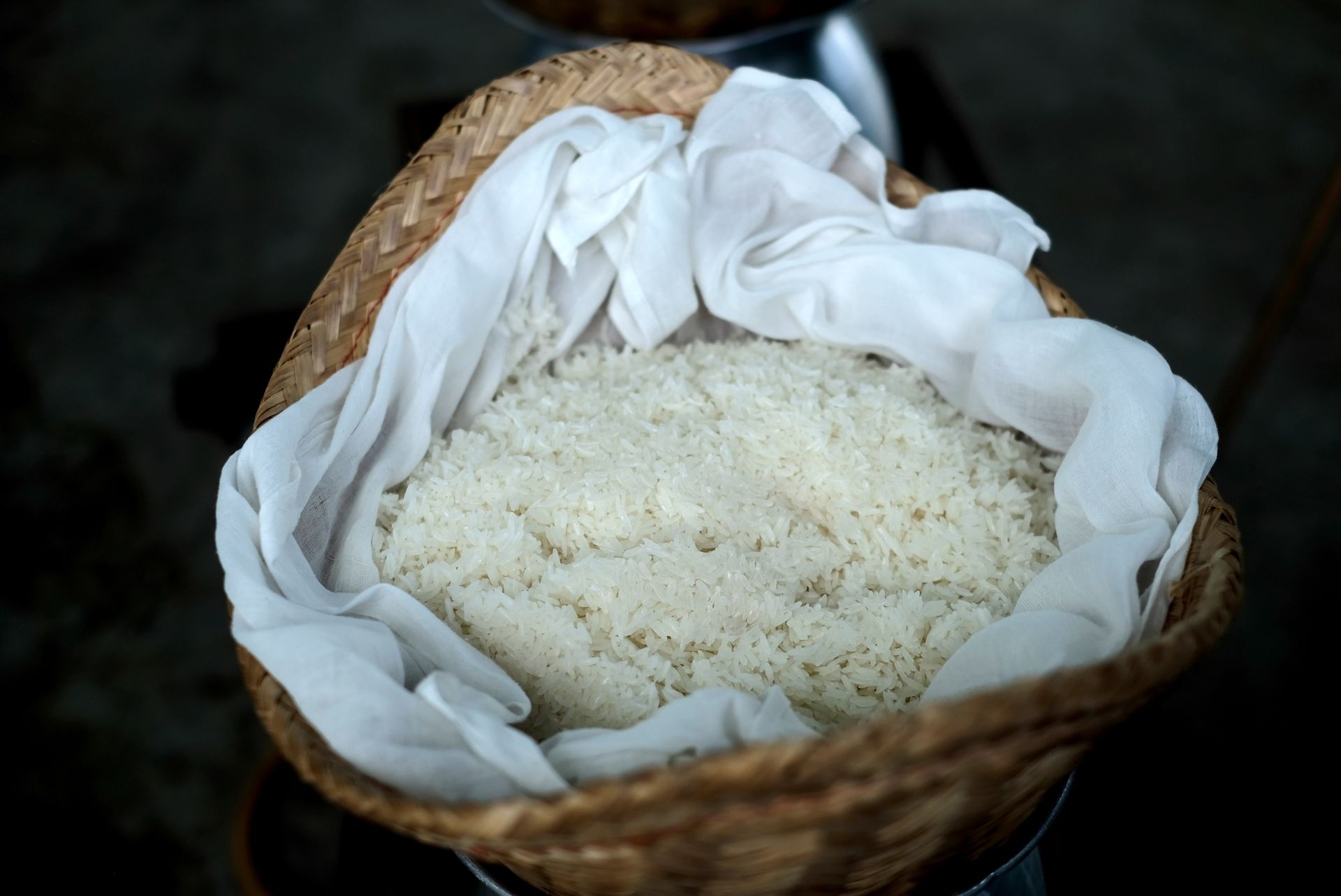สาโทเป็นเครื่องดื่มแอลกอฮอล์ที่มีต้นกำเนิดจากภูมิปัญญาของคนไทยมาตั้งแต่สมัยโบราณ นิยมทำและดื่มกันในชุมชนท้องถิ่น โดยเฉพาะในพื้นที่ภาคเหนือและภาคตะวันออกเฉียงเหนือของประเทศไทย สาโทเป็นหนึ่งในเครื่องดื่มที่สะท้อนถึงวัฒนธรรมการใช้ชีวิตและการเกษตรกรรมของคนไทยเป็นอย่างดี ด้วยการนำข้าวเหนียวมาเป็นวัตถุดิบหลัก ซึ่งถือเป็นพืชหลักในการบริโภคของคนไทย
สาโทมีบทบาทสำคัญในงานประเพณีและพิธีกรรมต่าง ๆ ของชาวไทย เช่น งานบุญ งานแต่งงาน หรืองานประเพณีท้องถิ่นอื่น ๆ ที่เกี่ยวข้องกับความเชื่อและการเฉลิมฉลอง โดยเฉพาะในชุมชนชนบท สาโทถูกมองว่าเป็นเครื่องดื่มที่นำโชคและความสุขมาให้กับผู้ร่วมงาน
สาโทไม่ได้เป็นเพียงแค่เครื่องดื่มแอลกอฮอล์ แต่ยังเป็นส่วนหนึ่งของวัฒนธรรมและประเพณีไทยที่สืบทอดกันมาอย่างยาวนาน การดื่มสาโทจึงเป็นเหมือนการเชื่อมโยงอดีตกับปัจจุบัน สะท้อนถึงวิถีชีวิตและความเป็นเอกลักษณ์ของสังคมไทย
วิธีการทำสาโท
กระบวนการผลิตสาโทเริ่มจากการนำข้าวเหนียวมาแช่น้ำและนึ่งให้สุก จากนั้นนำข้าวเหนียวมาผสมกับ “ลูกแป้ง” ซึ่งเป็นหัวเชื้อที่มีจุลินทรีย์ที่จะช่วยในการหมัก ทำให้เกิดการเปลี่ยนแป้งในข้าวเหนียวเป็นน้ำตาล และในขั้นตอนถัดไป จุลินทรีย์เหล่านี้จะเปลี่ยนน้ำตาลเป็นแอลกอฮอล์ ส่งผลให้เกิดรสชาติที่หวานและมีกลิ่นหอมอ่อน ๆ ของข้าว
การพัฒนาการทำสาโทในปัจจุบัน
ปัจจุบัน การทำสาโทได้รับการพัฒนาและปรับปรุงกระบวนการผลิตให้มีความทันสมัยและมีมาตรฐานมากยิ่งขึ้น เพื่อให้ได้คุณภาพของเครื่องดื่มที่ดีกว่าและปลอดภัยกว่าเดิม โดยมีการควบคุมหลายด้าน เช่น
• การควบคุมการหมัก: การหมักสาโทมีการควบคุมในด้านอุณหภูมิ เวลา และสภาพแวดล้อม เพื่อให้การหมักเป็นไปอย่างมีประสิทธิภาพและได้ผลลัพธ์ที่เสถียร การควบคุมเหล่านี้ช่วยให้ได้รสชาติที่เป็นเอกลักษณ์และมีมาตรฐาน
• การแยกเชื้อราจากลูกแป้ง: ในการผลิตแบบสมัยใหม่ มีการคัดแยกเชื้อราที่ใช้ในการหมักอย่างพิถีพิถัน เพื่อให้ได้เชื้อจุลินทรีย์ที่มีประโยชน์และลดการปนเปื้อนจากเชื้อราหรือแบคทีเรียที่ไม่ต้องการ ซึ่งเชื้อเหล่านี้อาจทำให้เกิดรสเปรี้ยวหรือกลิ่นที่ไม่พึงประสงค์ในสาโท การคัดกรองเชื้อราที่เหมาะสมช่วยให้กระบวนการหมักเกิดขึ้นอย่างสมบูรณ์แบบ ปราศจากแบคทีเรียที่ก่อให้เกิดความเปรี้ยวในเครื่องดื่ม ทำให้ได้สาโทที่มีรสชาติที่คงที่ หอมหวานตามธรรมชาติ และมีคุณภาพที่ปลอดภัยต่อการบริโภค
• การคัดเลือกยีสต์: ยีสต์ที่ใช้ในกระบวนการหมักมีบทบาทสำคัญในการสร้างรสชาติและกลิ่นของสาโท ปัจจุบันมีการคัดเลือกยีสต์สายพันธุ์ที่เหมาะสมกับการหมักสาโทโดยเฉพาะ เพื่อให้ได้รสชาติที่โดดเด่นและมีกลิ่นหอมตามธรรมชาติ
สาโทเทพนม: การผสมผสานเทคนิคสมัยใหม่กับภูมิปัญญาดั้งเดิม
สำหรับ “สาโท เทพนม” การผลิตนั้นเน้นการผสมผสานระหว่างเทคนิคสมัยใหม่กับภูมิปัญญาดั้งเดิม เพื่อให้ได้เครื่องดื่มที่มีคุณภาพ ทีมผู้ผลิตใช้เทคนิคการควบคุมการหมักอย่างปรานีต รวมถึงการคัดเลือกเชื้อจุลินทรีย์และยีสต์ที่เหมาะสม การใช้ข้าวเหนียวเขี้ยวงูคุณภาพสูงจากเชียงราย โดยไม่เติมน้ำตาล ทำให้สาโทของเทพนม มีรสชาติที่หอมหวานจากข้าวและยีสต์ตามธรรมชาติอย่างแท้จริง นอกจากนี้ยังคงรักษาเอกลักษณ์ของสาโทในวัฒนธรรมไทย


